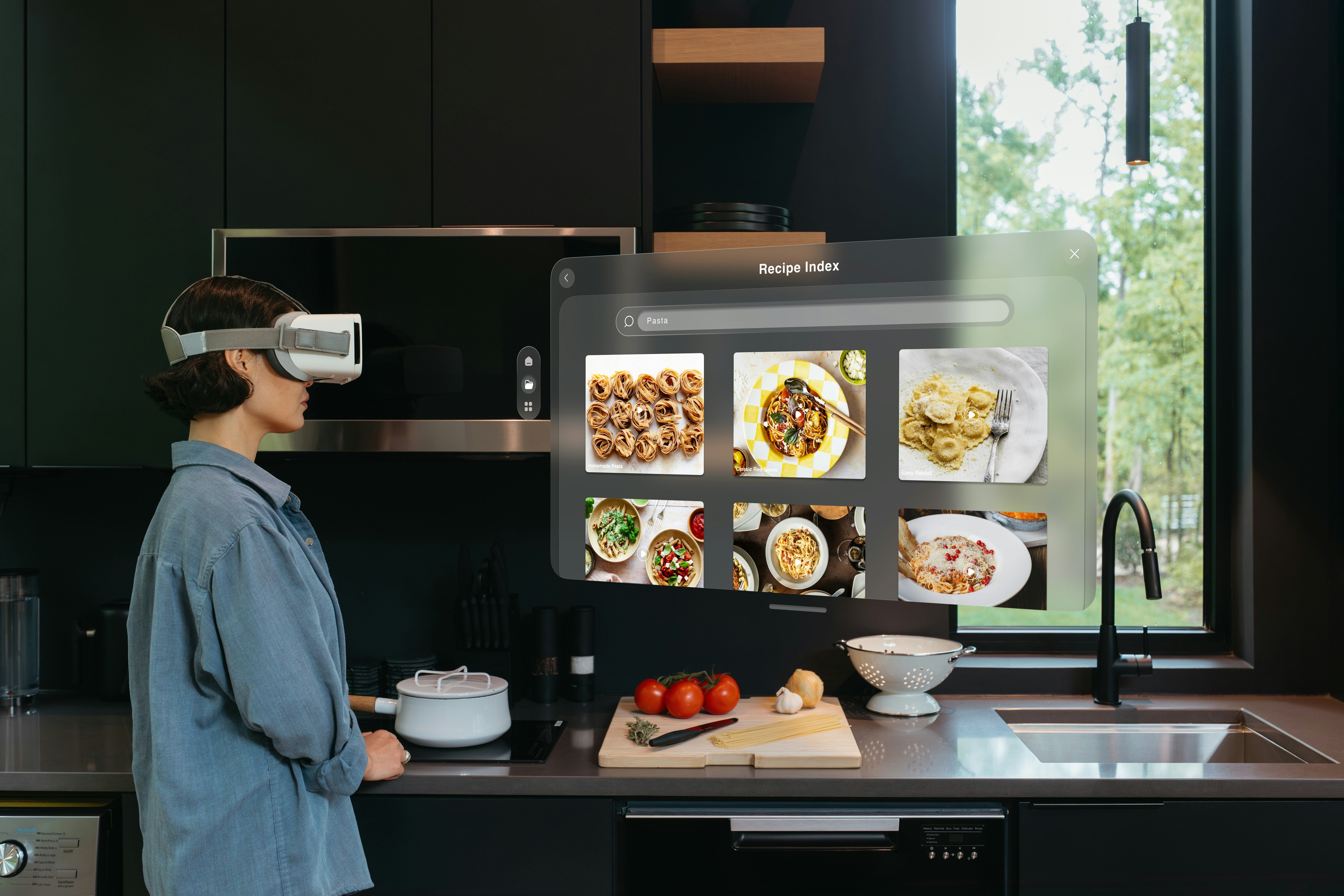Introduction
A smart appliance is simply a Wi-Fi-enabled appliance that connects with a smart hub or voice command system, such as a Google Assistant or Amazon Alexa or smart home app (1)
Global revenue in the Smart Appliances segment is estimated to be US$45.26bn in 2022, with revenue expected to show an annual growth rate (CAGR 2022-2027) of 12.97%, resulting in a projected market volume of US$87.90bn by 2027 (2)
To better understand consumers’ awareness, perceptions and views of smart appliances, Bryter undertook a nationally representative survey of 2,000 consumers in the UK and US.
Interest in connected appliances
White goods top the list of appliances consumers are most interested in having a connected version of, with washing machine and fridge/freezer both popular mentions in the UK and US. Where we see significant difference between the markets is for air conditioning units, with this being the most popular connected appliance in the US, and one of the least popular in the UK. Although not hugely surprising given the differences in climate between the markets, when combined with the popularity of smart meters in the UK it does highlight the potential for connected devices to control the climate within the home remotely.
Functionality expected from connected appliances
In terms of the functionality consumers expect from connected appliances, age plays a part.
Older consumers tend to be more focused on basic functionality like turning appliances on and off, or setting programs for use later. Although younger consumers also expect this type of basic functionality, they also show interest in more advanced functionality that supports household sharing, personalisation, and automation.
Barriers to ownership
Previous research by Bryter on connected home devices has highlighted that cost and security issues are some of the biggest barriers to ownership, and the same is true for connected appliances. Whilst 38% of the sample said they would expect to pay more for a connected appliance, cost is cited as the number one barrier to ownership, with data security also a concern.
Action points for the industry
- Connected appliances are running into a dual problem of being perceived as expensive compared to normal appliances and being primarily associated with relatively basic functionality like the ability to control them remotely or set programmes for later. Older consumers in particular are struggling to see the reason to trade up. We need to move the narrative on, and show how these products can deliver more tangible benefits to the home without hurting consumer’s wallets. Demonstrating cost savings and energy efficiency is one route to this, particularly at a time of high concern around energy prices and a rise in the general cost of living.
- Consumers still need more reassurance about the security of connected appliances and how their data is being handled and managed. Concerns start to diminish once consumers own a device, but are still relatively high even amongst owners. This points to an underlying sense of concern about the security of connected devices and how customers’ data is processed and managed.
- The connected home and smart appliances are still trapped in a space where automation has yet to happen in a meaningful way for consumers. They expect to control devices through apps, and their expectations are mainly limited to basic functionality. Voice commands and intuitive functionality that can help to reduce effort and workload in the home are being picked up on by some younger consumers, but more needs to be done to promote these benefits and show how connected appliances are more than a machine that can be turned on or off via a smartphone.
- Appliance manufacturers have developed apps to help customers manage their smart devices and appliances, but with every manufacturer having their own app creating a truly connected home is still a challenge for consumers, unless they commit to a single manufacturer for everything. ‘Matter’ has the potential to address this issue, but it is still early days for this new platform. Manufacturers should monitor developments and adoption of this closely when considering future strategy and investment in their own ecosystems and apps.
Get the full report and learn more
Access the full report covering a broad range of topics including ownership of smart appliances, reasons for ownership, key features, barriers to ownership, view of the different smart appliance brands and key consumer concerns
Report is based on a large nationally representative survey of 2,000 UK and US consumers. Report includes key demographic splits and data cuts. Access and download the full report here
Want to learn more about how market research and insights can be used by domestic appliance manufacturers? Read or article on domestic appliance research




